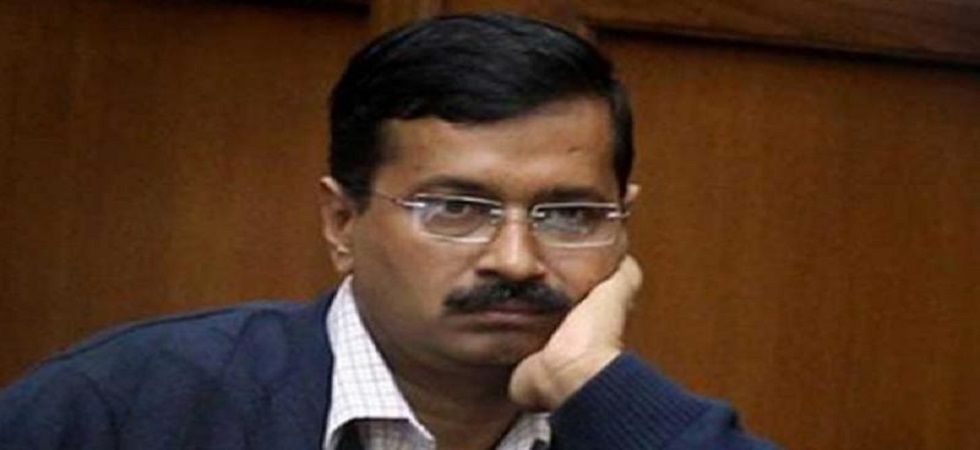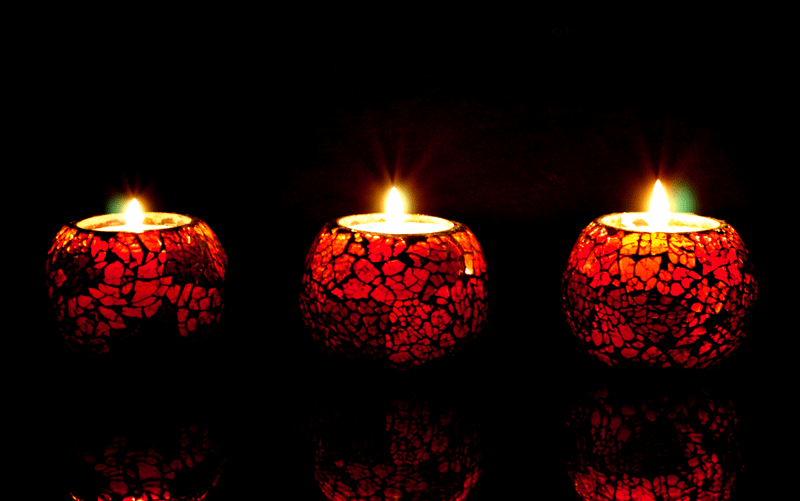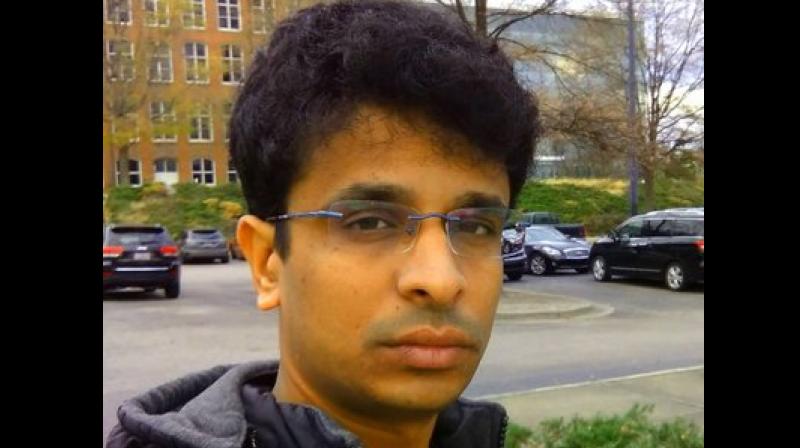Role of Sun in Hindu Mythology
What does ‘Sankranti’ mean?
What is the Significance of Makar Sankranti?
Makar Sankranti also marks the transition of the Sun from the Sagittarius sign into Makara Rashi (Capricorn sign) on its celestial path which marks the six-month Uttarayana period – the day on which the sun begins his northward journey.
Makar Sankranti is one of the most auspicious days for Hindus and is celebrated in almost all parts of the country with devotion, fervour, enthusiasm & gaiety. Lakhs of people take a dip in holy places like Ganga Sagar & Prayag and pray to Lord Sun to bestow them with countless bounties, prosperity and progress.
Uttarayan in Makar Sankranti
As per Hindu mythology, this day, Gods wake up after sleeping for 6 months. (Dakhisnayan, the period between Karka Sankranti and Makar Sankranti as per the sidereal zodiac and between the Summer solstice and Winter solstice as per the tropical zodiac).
Uttarayan is the period between Makar Sankranti (which currently occurs around January 14) and Karka Sankranti (which currently occurs around July 16). After this day the days start becoming longer & warmer, and thus the chill of winter in on decline.
Date of Makar Sankranti
The date of Makar Sankranti remains constant over a long term, 14 January or occasionally, 15 January as the Sun begins to rise in Makara Rashi. From the day of Sankranthi, Muhurt of doing auspicious work begins. It is celebrated after Lohri which falls on 13 January every.
Religious Significance of Makar Sankrani
1.This day is also called the Surya Upasana Day. The Puranas say that on this day Sun visits the house of his son Shani, the swami of Makar Rashi. Though relation between Sun and Saturn were not cordial but the father infact, comes to his son’s house, for a month. This day is also dedicated to celebrate the relationship of father & son.
2. From Uttarayana marks the day when Gods are considered to rise from 6 months of sleep, the dakshinayana period, is said to be the ‘night’ of devatas. Uttarayana is also called as Devayana, and the next half is called Pitrayana.
3. It was on this day when Lord Vishnu slayed the never ending atrocities Asura (Devils). Lord Visnu buried their heads under the Mandar Parvat.
4. Maharaja Bhagirath pursued tough penance to bring river Ganga on earth. He did this to liberate wandering souls of his 60,000 ancestors who were burnt into due to the curse of Kapil Muni. Eventually, Maa Ganga materialised as a river on the Earth and provided salvation to all ancestors. As per the myth, the souls were liberated on the day of “Makar Sankranti”.
Gangaji finally merged in the Sagar. Even today a grand Ganga Sagar Mela is organized every year on this day at the confluence of River Ganges and the Bay of Bengal, West Bengal. Lakhs of devotees take a dip in the holy water and do tarpan for their ancestors.
5. It was the day of Makar Sankranti for which great archery and warrior Bhishma Pitamah waited for about 58 nights to give up his mortal body on the arrow bed to seek salvation. It is believed that the person, who dies during the period of Uttarayana, becomes free from transmigration. So this day was seen as a sure-shot Good Luck day to start your journey or endeavours to the higher realms beyond.
Traditions of Makar Sanktranti
Tarpan on Makar Sankranti
One should never forget their ancestors, and tarpan is one of the best way of showing gratitude to thme. Hindus observe tarpan for their ancestors this day and offer food and water to them.
Donations on Makar Sankranti
Anna Daan has been scored the highest among all kinds of daan. People donate cereals on this day. Many donate cotton cloths and money to needy people.
Sweets of Makar Sankranti
Ladoo and sweets of Til & Gur are prepared and offered to friends, relatives and also to the poor people. The festival is celebrated in three days; the first day is known as Bhogi, the second as Sankrant and the third day is known as Kinkrant.
Makar Sankranti Celebrations across the country
Makar Sankranti is celebrated in different manners across India like Bengalis make sweets, Andhra Pradesh people burn old items of theirhouse, Punjabis create a bonfire etc.
Devotees get up early in Brahma Muharat and get ready to offer water & flowers to the God Sun to the blessings, and also chant Gayatri Mantra.
On this day taking a dip in the holy rivers; Triveni, Haridvar and Garh Mukteshwar is considered very auspicious.
A special Khichiri, with whole black gram and rice, is made and eaten with lots of ghee.
Magha Mela fair at Prayag
A big one-month long ‘Magha-Mela’ fair begins at Prayag (Allahabad) on this occasion in Uttar Pradesh. Similarly, in Bengal every year a very big Mela is held at Ganga Sagar.
Gulachi Poli in Maharashtra
In Maharashtra, people make gul polis. Gul Poli/Gulachi Poli/Sesame Jaggery flatbread is a sweet chapatti that is typically prepared during the festival of Makar Sankranthi.
Makar Sankranti in Gujarat
In Gujarat during Sankrant, elders in the family give gifts to the younger members of the family. Internationally renowned, Kite flying has been associated with this festival at a grand level.
Makar Sankranti in Bihar and Jharkhand
People from Bihar and Jharkhand celebrate the festival for two days and call it Sakraat or Khichdi in their local dialects.
Makar Sankranti in Tamil Nadu
In Tamil, Nadu, Makar Sankranti is celebrated as ‘Pongal’, which takes its name from the surging of rice boiled in a pot of milk. It is a thanksgiving festival for a good crop, particularly popular amongst farmers celebrated for four Days.
The first day is Bhogi Pandigai and is celebrated by burning old things of the house and replacing them with the new the the the s, the second day is the most important and called as Thai Pongal.
The third day is Mattu Pongal, which is marked by feeding the cattle and fourth day is known as Kaanum Pongal, is celebrated with family members. Rice and pulses cooked together in ghee and are offered to the family deity after the ritual worship.
Makar Sankranti in Andhra Pradesh
People of Andhra Pradesh Telangana celebrate as Pedda Panduga’ or big festival which lasts for four days, first-day-day Bhogi, the second day Sankranti, third-day-day Kanuma and the fourth day, Mukkanuma.
Makar Sankranti in Assam
In Assam, the festival is celebrated as Bhogali Bihu, which marks the end of harvesting season in the month of Maagha (January–February).
Makar Sankranti in North India
In North Indian states like Punjab, Haryana, Himachal Pradesh a huge bonfire is lit on the eve of “LOHARI“. And the next day celebrate Makar Sankranti. They prepare khichdi with black pulse, rice and lots of ghee.
Makar Sankranti in Kerala
In Kerala, Makaravilakku festival is held on Makar Sankranti at the holy shrine of Sabarimala, situated 4000 feet above sea level surrounded by 18 hills, nestled in the hills of Pathanamthitta of Kerala.
The temple is dedicated to the Hindu celibate deity Ayyappan, a syncretic deity, the son of Shiva and Mohini – the female avatar of Vishnu. The chief attraction of the festival is the grand Thiruvabharanam procession which is the procession of the sacred ornaments of the Hindu God of Growth, Shri Ayappan.
Jewellery is brought from Pandalam Palace in a ceremonial precession, which starts from Valiya Koyikkal Sastha Temple at Pandalam three days prior to Makara Sankranthi.
The jewelery consists of diamond, golden bracelets and necklaces studded with precious gems, Lord’s swords, silver arrows and images of elephant, horse and leopard made of gold.
Makaravilakku (maker Sankranti) is the day of completion of the annual Sabarimala pilgrimage, which begins in mid-November.
Three Types of Important Sankranti
Mesha Sankranti: Marks the beginning of the New Year in the traditional Hindu Solar Calendar. It generally falls on 14/15 April. The variable region of Indian subcontinent celebrate New Year festivals as per the calendar they follow- Solar or Lunar.
Dhanu Sankranti: celebrated on the first day of lunar Pausha month. In Southern Bhutan and Nepal. It is celebrated by eating wild potatoes.
Karka Sankranti: July 16, marks the transition of the Sun into KarkaRashii. This also marks the end of the six-month Uttarayana period of Hindu calendar, and the beginning of Dakshinayana, which itself culminates at Makar Sankranti.
Frequently Asked Questions
Q: How many Sankranti fall in a year?
Ans: There are 12 Sankranti which fall in a year as there are 12 months.
Q: Which are the two most important Sankranti?
Ans: Two of the most important Sankranti are – the Mesh (Aries) Sankranti and the super most important is the Makar (Capricorn) Sankranti.
Also Read:





